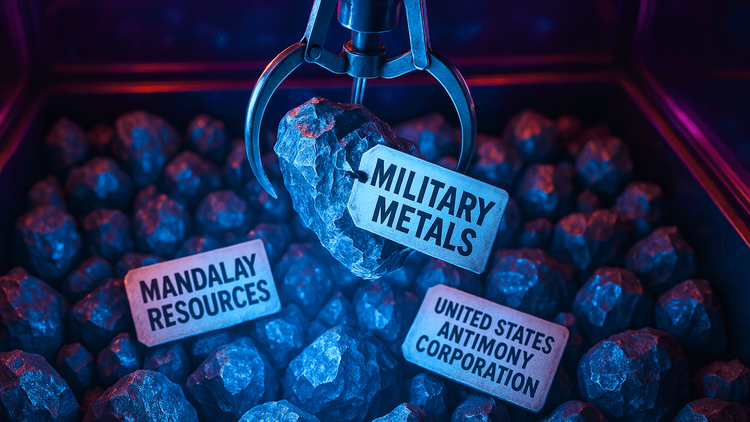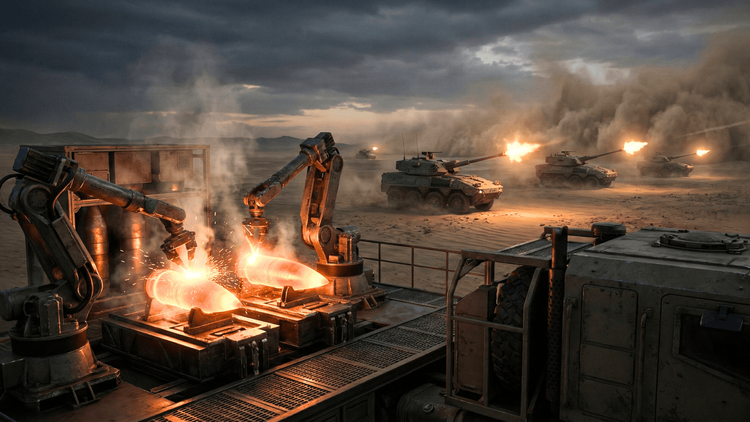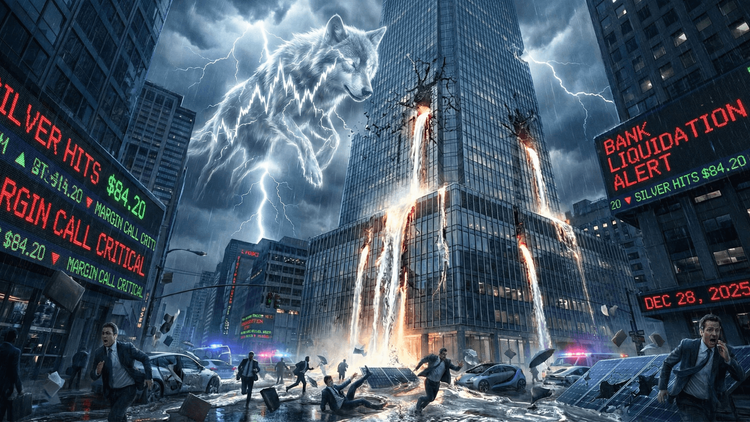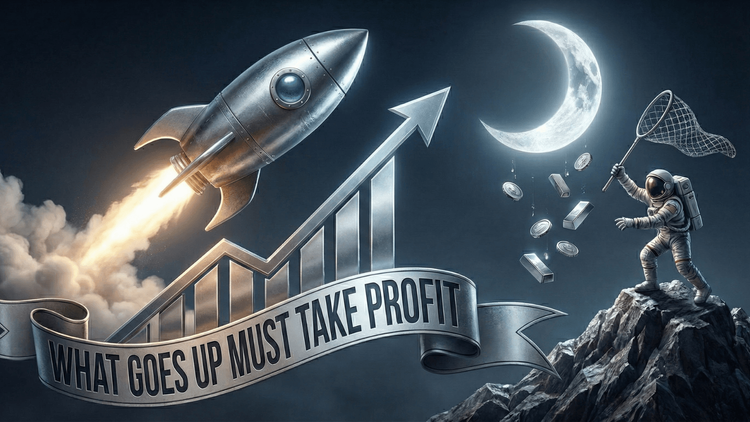European Defence Stocks Surge as Military Spending Set to Skyrocket
European defence stocks skyrocket as leaders push for historic military spending increases.

European defence stocks soared on Monday as political leaders signaled a dramatic increase in military expenditure, responding to mounting pressure from Washington. The latest developments come as NATO faces calls for higher defense commitments, while European governments weigh plans to bolster their arsenals in response to rising geopolitical tensions.
A Turning Point in European Defence Policy
The surge in defence stocks followed a strong statement from UK Prime Minister Keir Starmer, who confirmed Britain’s willingness to deploy troops in Ukraine to enforce any future peace agreement with Russia. His remarks coincided with NATO Secretary General Mark Rutte’s warning that European nations must dramatically increase their defence budgets beyond the previous 2% GDP target.
The pressure to act has been amplified by US President Donald Trump’s demand that NATO allies raise their defence spending to 5% of GDP, a level that would mark an unprecedented expansion of military budgets across Europe. While such an increase remains unlikely, Rutte has made it clear that NATO members must push their spending “considerably more” than 3% of GDP if they want to secure their future.
Defence Stocks React to Spending Surge
With military spending poised to increase, defence stocks skyrocketed across Europe. British arms manufacturer BAE Systems saw its stock price jump 9%, making it the biggest riser in the FTSE 100. Jet engine producer Rolls-Royce climbed to a record high with a 1.7% gain. In the mid-cap sector, defence technology firm Chemring surged over 10%, while QinetiQ also rallied strongly.
The bullish momentum extended beyond the UK. In Germany, arms manufacturer Rheinmetall reached an all-time high, reflecting growing investor confidence. Sweden’s Saab recorded a massive surge of over 16%, while Italy’s Leonardo and France’s Thales both saw significant gains as markets priced in the expectation of increased European military spending.
European Governments Face Pressure to Act
The shift in market sentiment reflects a broader reality: European leaders are being forced to rethink their defence strategies. The Danish government is already considering increasing military spending to 3% of GDP. Danish Prime Minister Mette Frederiksen has stressed that Europe must “increase military support for Ukraine, produce more, and do it faster” to counter growing threats.
Polish Prime Minister Donald Tusk has taken an even stronger stance, warning that if Europe fails to ramp up defence spending now, it will be forced to “spend ten times more” in the future. Poland, which already allocates 5% of its GDP to defence, is urging its European counterparts to take similar action before it’s too late.
Tensions have been further inflamed by reports of US-Russia peace talks in Saudi Arabia, which have effectively sidelined European leaders and the Ukrainian government. Fears that a deal between Washington and Moscow could reshape the geopolitical landscape without European input have sent shockwaves through the continent. In response, French President Emmanuel Macron called an emergency gathering of European leaders in Paris to address the growing crisis.
The Future of European Defence Spending
The ongoing debate over military spending will likely drive continued market volatility, with defence companies standing to benefit from what appears to be a long-term shift toward greater European investment in security. Investors are betting on a sustained period of growth for arms manufacturers, as European nations acknowledge that maintaining peace will require far greater military preparedness than in previous decades.
With calls for higher defence spending growing louder, the coming months could prove pivotal for European defence policy. The decisions made today will shape the security landscape for years to come, as leaders scramble to address rising threats and the evolving geopolitical balance.






